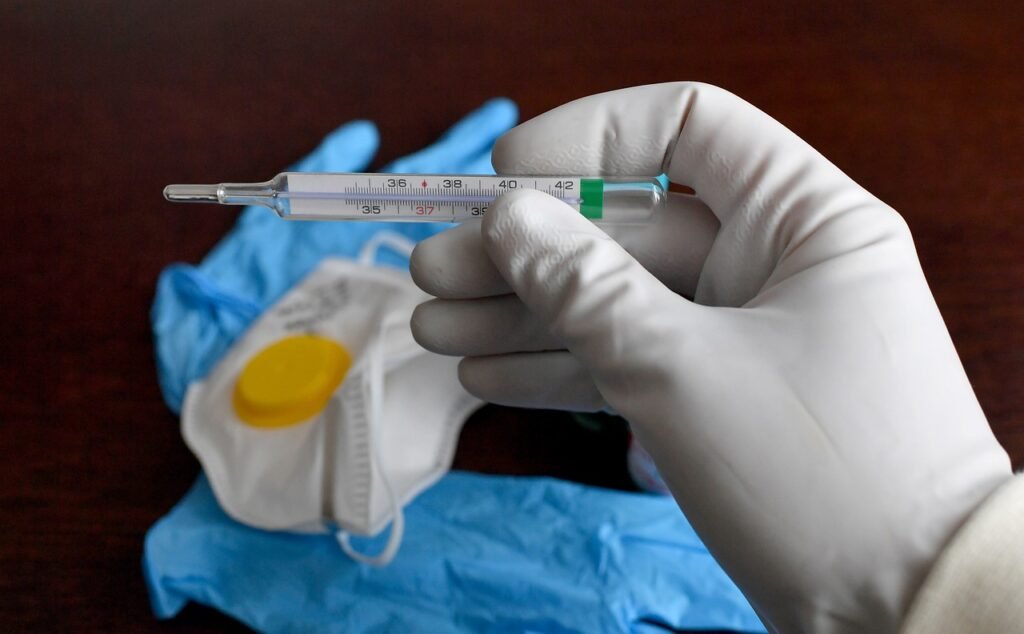As China battles one of its largest outbreaks of chikungunya virus, concern is growing well beyond Asia. With more than 7,000 cases confirmed in southern China in recent weeks, and UK authorities issuing official advice for travellers, many in Britain are keen to understand the implications of this outbreak. This article explores the latest data, public health advice, and the nature of the chikungunya virus, all tailored for a UK audience.
A Surge of Cases in China: The Current Situation
Since July 2025, Chinese health officials have reported a sharp spike in chikungunya cases, primarily centred in Guangdong province. The city of Foshan has been hit hardest, accounting for a significant proportion of the new infections. In just one week, nearly 3,000 cases were recorded in the region. In total, more than 7,000 people have been diagnosed throughout the province, including in at least 13 cities.
Local authorities reacted swiftly to the outbreak. Patients diagnosed with chikungunya in Foshan have been hospitalized with stringent protocols, including enforced use of mosquito nets and isolation until recovery. This approach mirrors some of the strict measures used during the Covid-19 pandemic. These hospital policies, alongside widespread street disinfection and home inspections for mosquito breeding grounds, represent a determined push to contain the virus.
Understanding Chikungunya: A Mosquito-Borne Threat
Chikungunya virus is transmitted by infected Aedes mosquitoes—mainly Aedes aegypti and Aedes albopictus, which are common across much of Asia and increasingly present in warmer parts of Europe. Importantly, the virus does not spread between people; it is only passed through mosquito bites.
Symptoms appear three to seven days after a person is bitten. The illness causes a sudden fever and intense joint pain, often so severe it can hinder movement. These core symptoms are frequently accompanied by headaches, muscle pain, rashes, and fatigue. Whereas most people recover within a week, joint pain can linger for months or, in rare cases, even years—especially in those who are older or have underlying health conditions.
Death from chikungunya is exceptionally rare, but the virus can cause serious complications for very young children, the elderly, or anyone with weakened immunity. In the current Chinese outbreak, authorities report that nearly all cases have been mild, with about 95% of patients discharged from hospital within a week. Nonetheless, public anxiety remains high, as the virus is relatively new to China and has disrupted everyday life in affected areas.
Behind the Outbreak: Why Is Chikungunya Spreading Now?
China typically sees few chikungunya cases, but the current surge was reportedly triggered by an imported infection in Foshan that led to local mosquito transmission. Several factors have contributed to the rapid spread: high summer temperatures, heavy rainfall, and a rise in standing water, all of which enable mosquitoes to breed quickly. The global spike in mosquito-borne diseases is also widely attributed to climate change, which has expanded the habitat of disease-carrying mosquitoes.
Health authorities in China have responded forcefully. In addition to hospital quarantine, workers have sprayed insecticide in affected neighbourhoods and used drones to locate new mosquito breeding sites. Breaches of public health directives—such as failing to remove standing water or not allowing inspections—can incur hefty fines, power cuts, or even prosecution.
UK Government and Health Advice
Understandably, UK authorities are closely monitoring the situation. The government emphasises that there is no evidence of chikungunya transmission within Britain, and all cases identified here have been tied to travel abroad. However, with air links between the UK and China, as well as other countries experiencing increases in mosquito-borne disease, vigilance remains vital.
The UK’s Joint Committee on Vaccination and Immunisation (JCVI) now recommends that certain travellers consider vaccination before visiting regions experiencing outbreaks, including Guangdong. Two vaccines—IXCHIQ and Vimkunya—are licensed for use in Britain, with different age guidelines.
Wider Impact and Trends: Why the World Should Watch
The outbreak in China comes as global numbers of chikungunya cases rise sharply, especially in South Asia, parts of Africa, and South America. Experts cite climate change, urbanisation, and international travel as key reasons why such diseases are spreading more widely each year. In 2025 alone, chikungunya has infected around 240,000 people worldwide, across at least 16 countries.
Although the UK is currently unaffected by direct transmission, experts warn that continued vigilance, public health preparedness, and personal precautions are essential—especially as the Aedes mosquito gradually expands northward due to changing climate patterns. UK health authorities say the likelihood of outbreaks remains low, but the risk of ‘imported’ cases will likely rise as more UK residents travel to affected parts of the world.
Living with the Threat: Treatment and Prevention
There is no specific antiviral treatment for chikungunya. Management is supportive, with painkillers and anti-inflammatories used to control symptoms. Most patients recover fully, but those experiencing severe or persistent joint pain may need longer-term medical support.
Prevention remains paramount. Reducing mosquito habitats near homes and workplaces, and personal bite protection, dramatically lowers infection risk. During outbreaks, prompt action to eliminate breeding grounds, strict personal protection, and awareness campaigns have all proved effective in slowing transmission.
Conclusion
While the current chikungunya virus outbreak in China is cause for concern, the risk to most Brits remains low for now. For travellers to southern China or other outbreak regions, careful preparation—including vaccination where advised, and rigorous use of repellents and protective clothing—is critical. The recent events underline the broader challenge of mosquito-borne viruses in a warming world, and the need for continued cooperation, vigilance, and public education both in the UK and globally. Stay informed, take precautions if travelling, and always seek trusted medical advice if concerned about symptoms after visiting an affected area.
Read More: National Living Wage: Impact on UK Workers and Employers

